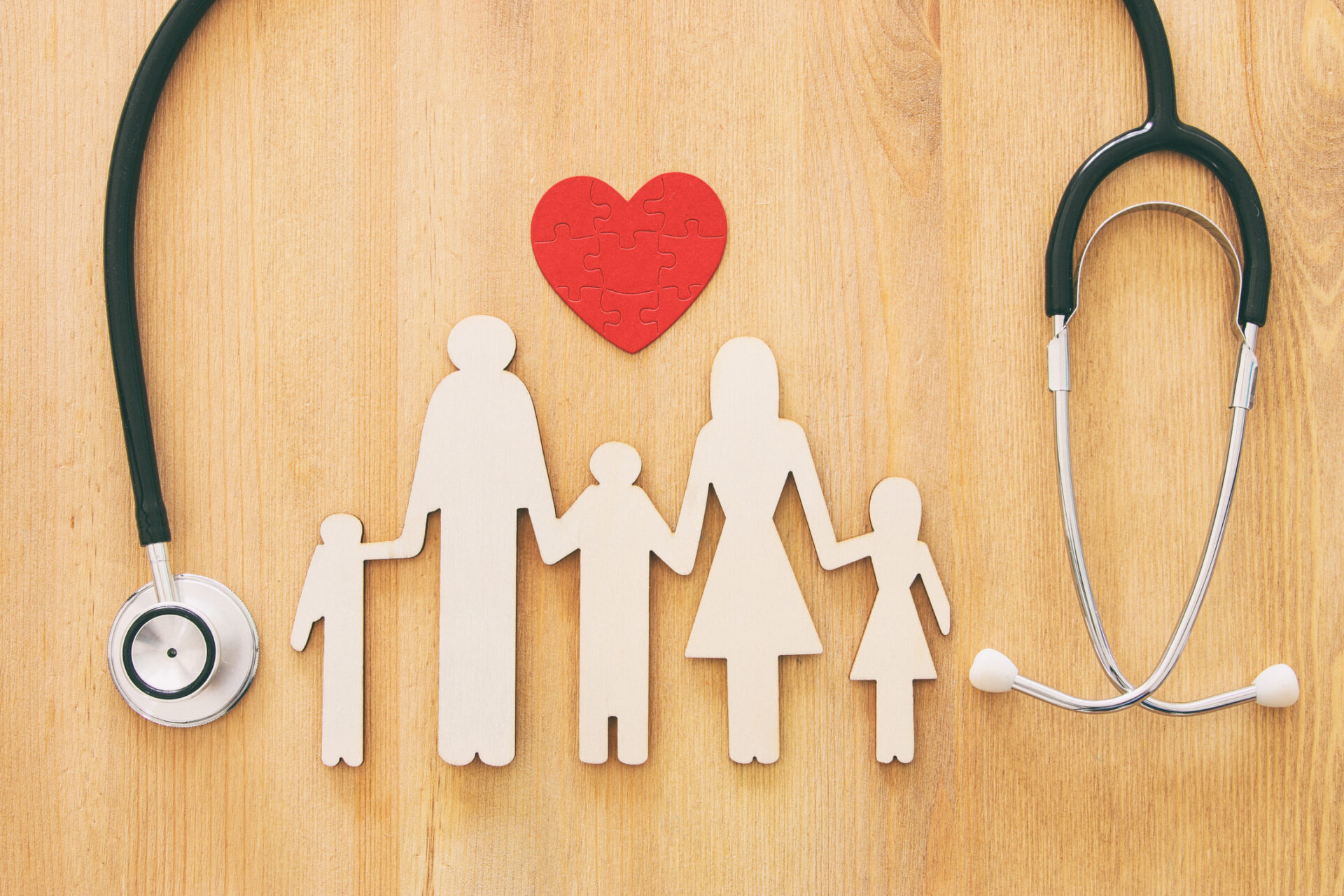In the July edition of the CP Connection Newsletter, we delved into the Public-Private Partnership (PPP) program that serves as an origin for what would evolve into Healthy Way LA (HWLA) and then later My Health LA. In this issue of the MHLA Retrospective Series, we will examine the events leading to the creation of HWLA.
A Step Towards Affordable Care
In 2010, the Obama Administration signed into law the Patient Protection and Affordable Care Act (PPACA) where most of the major provisions would come into effect in 2014. With passage of PPACA, also known as the Affordable Care Act or Obamacare, health insurance coverage was radically overhauled and extended to those who would not have been able to obtain coverage prior. The aim of the ACA through its various provisions and expansions was to extend health insurance to more Americans. In California, this was facilitated through Medi-Cal (California’s Medicaid health program) – and the “Bridge to Reform”, or the Low Income Health Program.
To facilitate ACA reform in Los Angeles County, LA County Department of Health Services began planning for and implementation of Healthy Way LA in 2007 alongside a similar overhaul of existing programs. Enrollment into the program started in 2007 and followed the requirements set by Section 1115 Medicaid Waiver; HWLA was geared towards providing health care coverage to underinsured or uninsured, low-income residents of Los Angeles County living at or below 133 percent of the Federal Poverty Level. HWLA operated under a medical home model of patient-centered care where participants were able to utilize broad health services such as pharmacy access, mental health services, specialty clinic referrals and comprehensive preventative services for free or at reduced cost. In 2010, the HWLA program consisted of a network of 29 county-operated clinics and over 100 clinic sites operated by non-county entities.

Coverage initiative and operational requirements meant that Healthy Way LA operated based on facility-based medical home assignment of participants. HWLA also used secure web-based applications that allowed providers in HWLA to scan and submit eligibility and identity documentation for participants. Once participants were successfully enrolled into HWLA, patients were able to benefit from a variety of services. These benefits included:
- Continuous access to health care providers across the HWLA network at County and non-County facilities.
- Health care via a preferred medical home based on geographic location
- Primary, urgent, and emergency care services
- Specialty clinic referrals
- Mental health services
- Health education and information including access to nurse support telephone services
Next month will look closer at the Bridge to Reform, and then the following month will share information about the early years of My Health LA.
